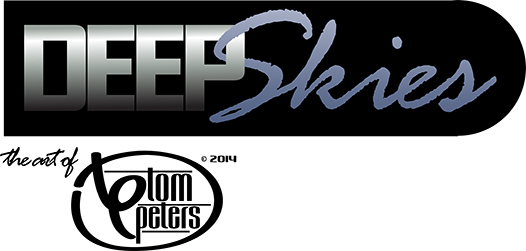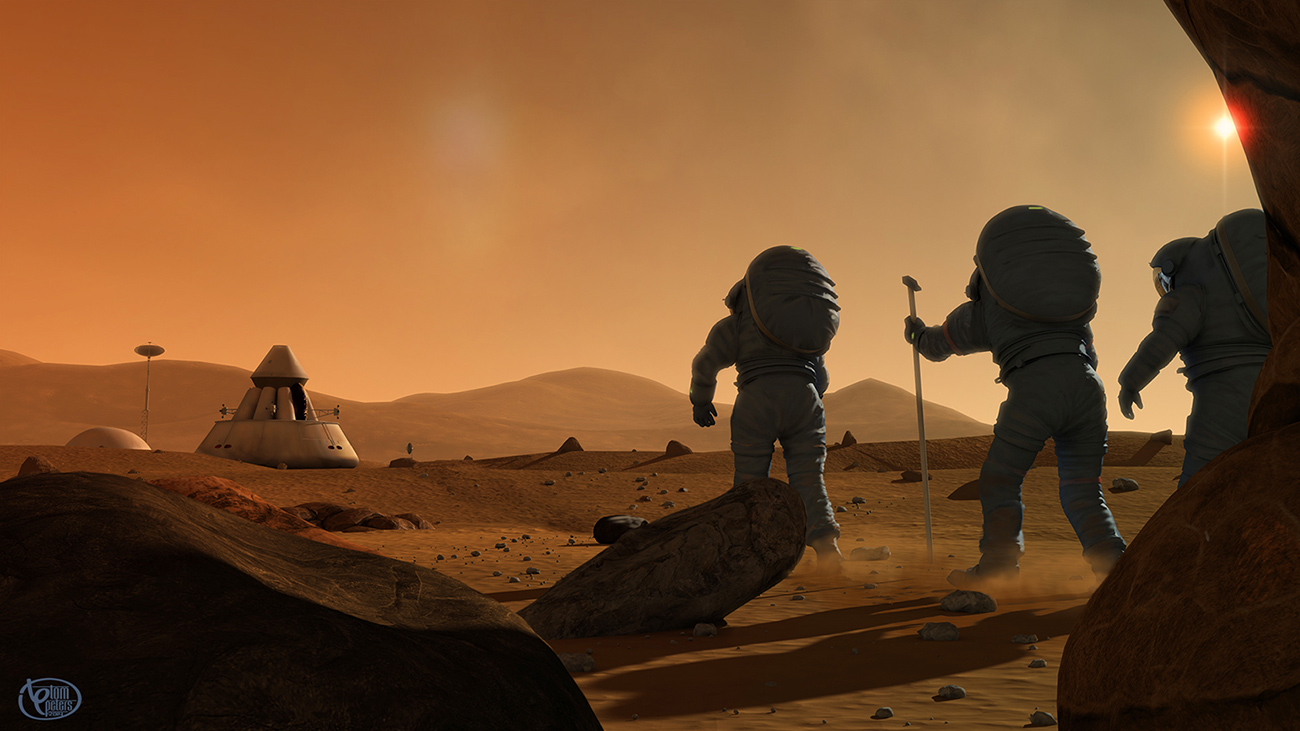Project Argosy
After Apollo 11 and Apollo 12, NASA used the momentum of those triumphs to launch their proposal to develop several pieces of hardware, the Nuclear Ferry or Primary Propulsion Module, (which could provide regular transportation to Geosynchronous orbit and the Moon), and the Standard Mission Module, (which could serve as a planetary surface base or orbital station.) These, with a Science Mission Module specific for the destination, could be combined to form Project Argosy spacecraft, capable of missions to Mars, Venus, asteroids and comets. For these deep-space missions, the Argosy spacecraft would launch from Earth orbit, with two PPMs boosting the main craft into its transfer orbit, then separating, to decelerate themselves to return to Earth orbit for reuse. The lone remaining PPM would provide power and propulsion for the rest of the mission. In this way, a robust compatible collection of manned craft would be available for standard missions, in a flexible architecture to meet varieties of mission needs. I’ve attached the name Argosy, or treasure fleet, to the project.
The final refinement of this flexible infrastructure approach was realized in Werner von Braun’s plan, released in 1969, for a series of manned Mars missions using the components. This is the plan I have chosen to illustrate he
[Not a valid template]
The TRAVELLER© Calendar
I've been visually depicting the universe of the venerable TRAVELLER Role Playing Game for most of my professional career. The game maps cover a fairly large section of our galaxy, and the history covers several million years, so there's a lot to visualize! These are several images I've done for the yearly TRAVELLER calendar, a volunteer project, the proceeds of which goes to charity.















